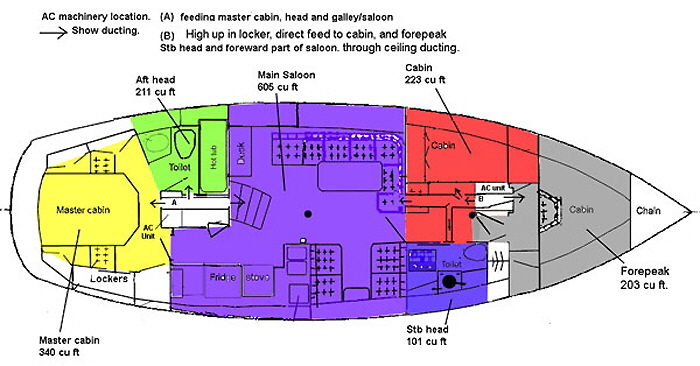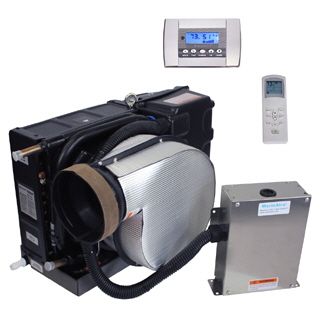
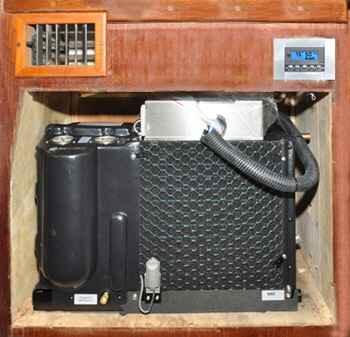 Britannia did not have air conditioning when i bought her so I had it installed. I took detailed measurements and calculated the cubic capacity of the aft cabin, aft bathroom and saloon, and the remainder of the interior cabins. I then e-mailed a drawing to different manufacturers for their suggestions.
Britannia did not have air conditioning when i bought her so I had it installed. I took detailed measurements and calculated the cubic capacity of the aft cabin, aft bathroom and saloon, and the remainder of the interior cabins. I then e-mailed a drawing to different manufacturers for their suggestions.
I decided It would be better to fit two units instead of one large one, that would have been cheaper. A single centrally mounted unit would have needed very long tubes to blow the air forward and aft along the 45’ foot interior, One unit cools the rear of the boat containing the master bedroom and bathroom. A second unit cools the front of the boat. A powerful sea water pump ensures good cooling flow through both units.
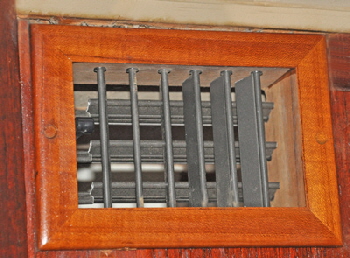
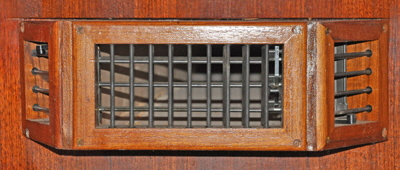 Straight through ducting was installed high up in the ceilings This offered a much smoother flow than convoluted tubing and enabled air to be directed where needed. It also allowed cool air to fall and distribute.
Straight through ducting was installed high up in the ceilings This offered a much smoother flow than convoluted tubing and enabled air to be directed where needed. It also allowed cool air to fall and distribute.
All the adjustable teak vents can be closed off completely if required, and look nicer than cheaper plastic vents.
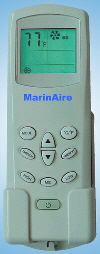
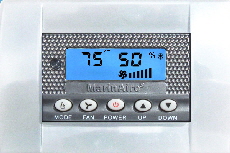 A wireless remote control on the aft AC switches it on or off, or the temperature altered remotely when in bed.
A wireless remote control on the aft AC switches it on or off, or the temperature altered remotely when in bed.
In summer, Florida temperature can rise to 95/105F with oppressive humidity. Britannia’s AC will keep the inside of the boat at a dry 75F. Cool dry air (or heat in winter), spreads evenly throughout the interior and no area is warmer or cooler than any other.
